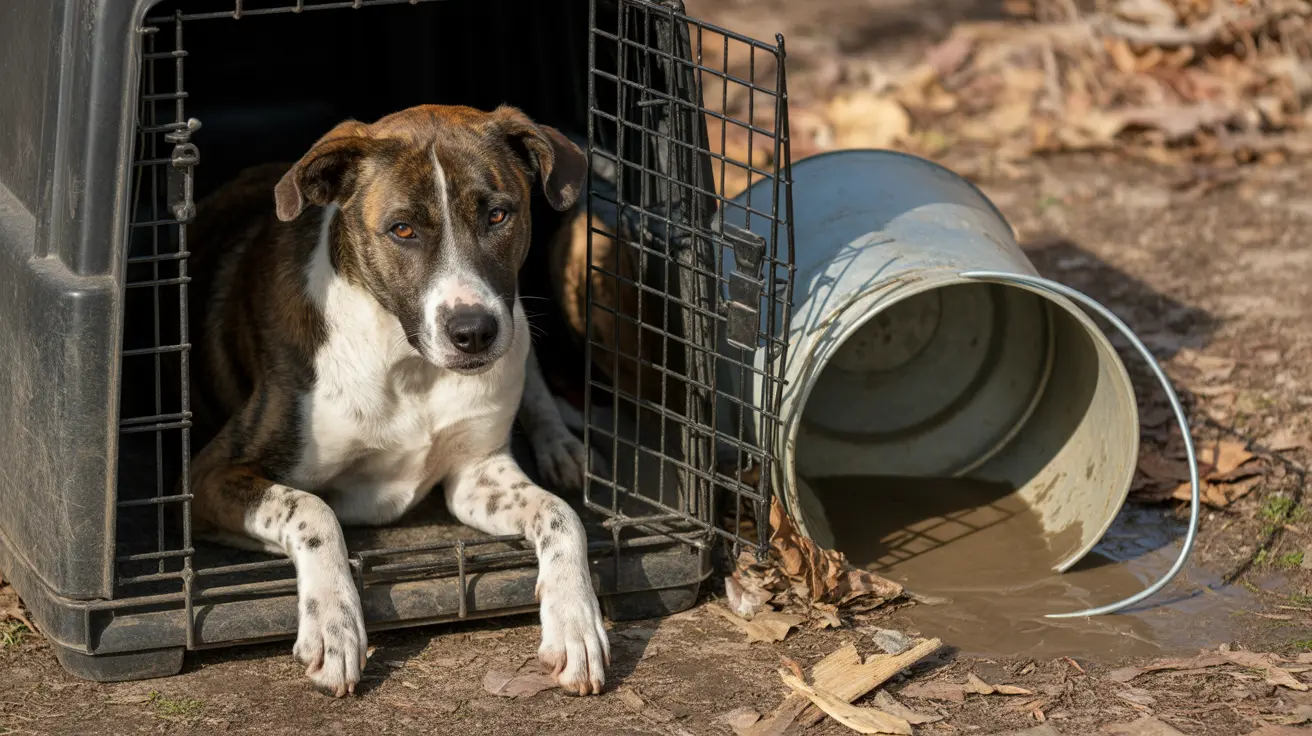Coyotes vs. Dogs: Key Differences Explained
When you spot a canine darting across a field or hear a distant howl at night, you might wonder: was that a coyote or just someone's dog? While both belong to the Canidae family, coyotes and dogs have distinct differences shaped by evolution, environment, and human influence.
Origins and Domestication
Dogs (Canis lupus familiaris) are descendants of wolves that humans domesticated thousands of years ago. Selective breeding has produced hundreds of dog breeds with varying sizes, shapes, and temperaments. Coyotes (Canis latrans), on the other hand, remain wild animals indigenous to North America. They evolved separately from wolves and have never been truly domesticated.
Physical Appearance
- Size: Most coyotes are medium-sized (20–50 pounds), slimmer than many domestic dogs.
- Muzzle: Coyotes have narrow, pointed muzzles; most dogs have broader snouts.
- Ears: Coyote ears are tall and pointed; many dog breeds have floppy or rounded ears.
- Tail: Coyotes carry their bushy tails low; dogs’ tails vary widely in carriage and shape due to selective breeding.
Coyotes typically sport grayish-brown fur with reddish tinges behind the ears and on the legs. Their coats help them blend into wild landscapes. Domestic dogs come in a kaleidoscope of colors and coat types—everything from hairless to long-haired breeds exists thanks to human intervention.
Behavioral Differences
Their behavior sets them apart as much as their looks. Coyotes are wary of humans, often avoiding contact by being nocturnal or crepuscular (active at dawn/dusk). They’re opportunistic feeders—eating rodents, fruit, insects, and even garbage if they live near people.
- Coyotes form loose family groups but often hunt alone or in pairs.
- They communicate with yips, howls, and barks—distinctive vocalizations that travel long distances.
Dogs exhibit a wide range of behaviors depending on breed and upbringing. Most crave human attention, follow commands (to varying degrees), and display loyalty toward their owners. Domestic dogs rarely survive long without human support; their dependence is a hallmark of domestication.
Lifestyle & Habitat
Coyotes thrive in wild areas—prairies, forests, deserts—but adapt quickly to suburban environments. Their adaptability has helped them expand across North America despite urbanization. Dogs live wherever humans do: homes, farms, cities. Some feral dog populations exist worldwide but lack the survival skills of coyotes in the wild.
Diets Compared
- Coyotes eat small mammals (rabbits, mice), birds, fruits, insects—whatever’s available seasonally.
- Dogs eat commercial pet food or table scraps provided by owners; some working breeds may hunt or herd livestock under supervision.
The coyote’s varied diet helps it survive changing conditions; most domestic dogs rely entirely on humans for sustenance.
Genetic Differences
Coyotes and domestic dogs share a common ancestor but diverged genetically thousands of years ago. While they can interbreed (producing “coydogs”), such hybrids are rare in nature due to behavioral differences and mismatched breeding cycles. DNA studies confirm that coyotes remain genetically distinct from both wolves and domestic dogs.
Senses & Abilities
- Coyotes possess keen senses—especially smell and hearing—that help them avoid danger and hunt efficiently in the wild.
- Dogs’ sensory abilities vary by breed: some excel at tracking scents (like bloodhounds), while others rely more on vision or hearing depending on their original purpose (herding, guarding).
The coyote’s survival depends on its sharp instincts; most domestic dogs use their senses for play or work directed by humans rather than pure survival.
Lifespan & Health
- Coyotes typically live 6–8 years in the wild due to predation and disease; some reach over 10 years if conditions allow.
- Domestic dogs can live anywhere from 10–16 years depending on breed size, genetics, diet, and veterinary care—some small breeds surpass 18 years with proper care.
The Human Factor
The biggest difference between coyotes and dogs comes down to domestication. Dogs have evolved alongside people for millennia; they’re socialized to coexist with us as companions or workers. Coyotes retain their independence—they’re not pets nor suited for captivity without significant stress or behavioral issues.
A Quick Comparison Table
| Coyote | Dog | |
|---|---|---|
| Status | Wild animal | Domesticated pet/worker |
| Lifespan (avg.) | 6–8 years (wild) | 10–16 years (domestic) |
| Diet | Carnivorous/omnivorous scavenger/hunter | Mainly commercial food/human-provided diet |
| Tameable? | No (not easily) | Yes (bred for tameness) |
| Sociability with Humans | Avoids humans; wary/fearful | Bonds closely with people |
| Main Habitat | Prairies/forests/deserts/suburbs | Human dwellings/farms/cities |
| Barking/Howling | Loud yips/howls/barks | Barks/howls/vocalizations vary by breed |
| Ears/Tail | Tall pointed ears/low bushy tail | Diverse shapes/sizes/carriage |
| Bite Force | Lesser than wolf but strong enough for prey | Bite force varies greatly by breed |
| Pup Rearing | Pups raised by parents in den until weaned | Puppies raised by humans/mothers indoors/outdoors |
| Main Threats | Disease/predators/human conflict | Disease/accidents/old age/human neglect |
| Scent Marking | Scent marks territory regularly | Scent marking varies by individual/breed/training |
The Takeaway: Wild vs. Domestic Canines
If you see a canine behaving warily at dusk with a bushy tail held low—it’s likely a coyote keeping its distance from people. If it bounds up wagging its tail looking for affection—it’s almost certainly someone’s dog! The two species share ancestry but differ dramatically thanks to nature versus nurture—and thousands of years of living either alongside us or far away from our campfires.
coyote
dog
canine
differences
behavior
appearance
domestication
wildlife
genetics
habitat
diet
lifespan
senses
vocalization
pet
companion animal
family group
urban wildlife
physical traits
scavenger
predator
survival skills
breed variation
human interaction
animal comparison
Recommended

Jane Goodall's Legacy: Revolutionizing Our Understanding of Animal Behavior and Emotions
Read the article

Delaware Animal Rescue Founder Faces Charges After 98 Pets Found in Unsafe Conditions
Read the article

German University Pioneers Animal-Free Biology Education
Read the article
Today is the perfect time to get your
Pet Health Report
Upload a photo of your pet to receive instant health and care insights.


